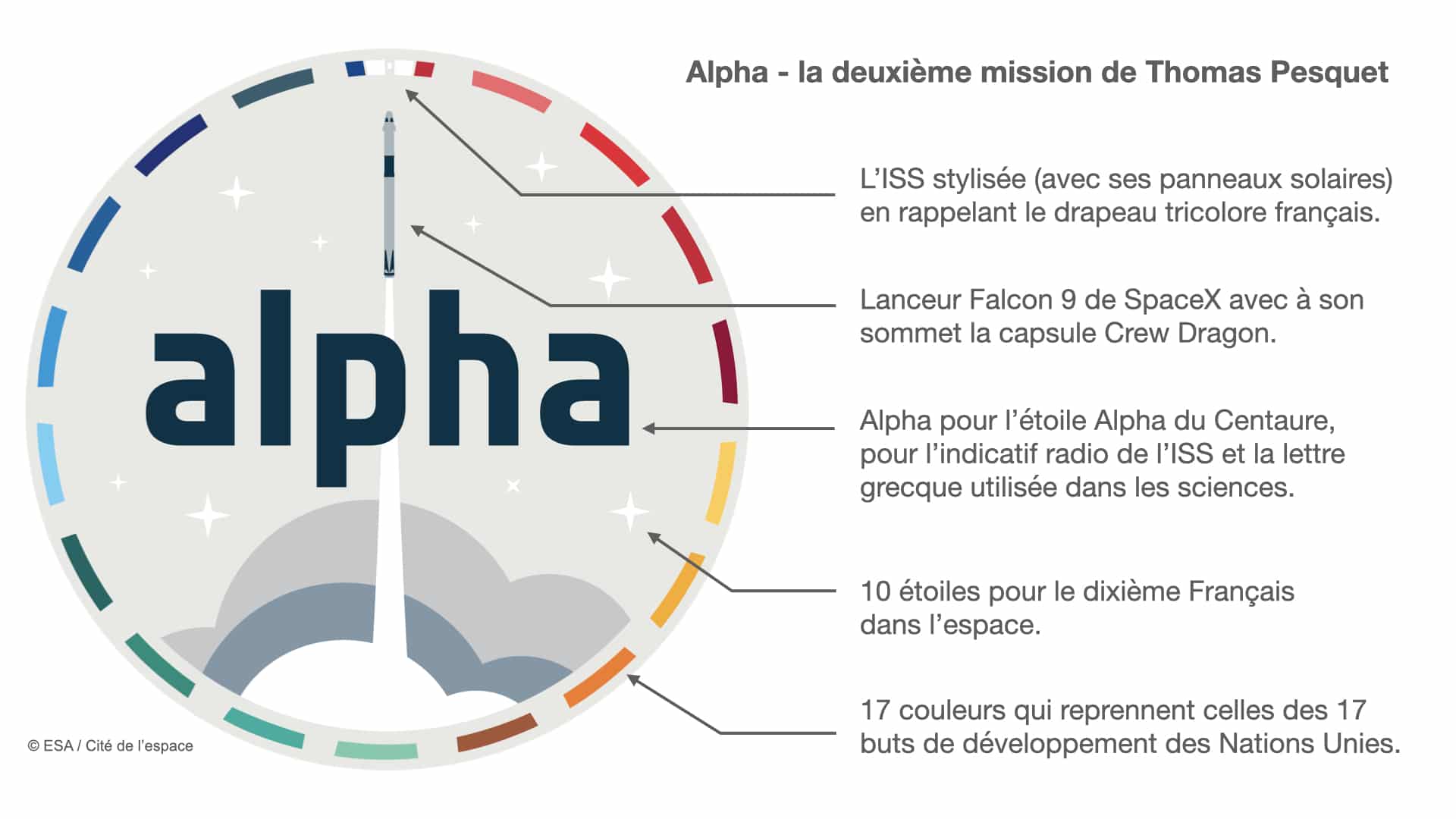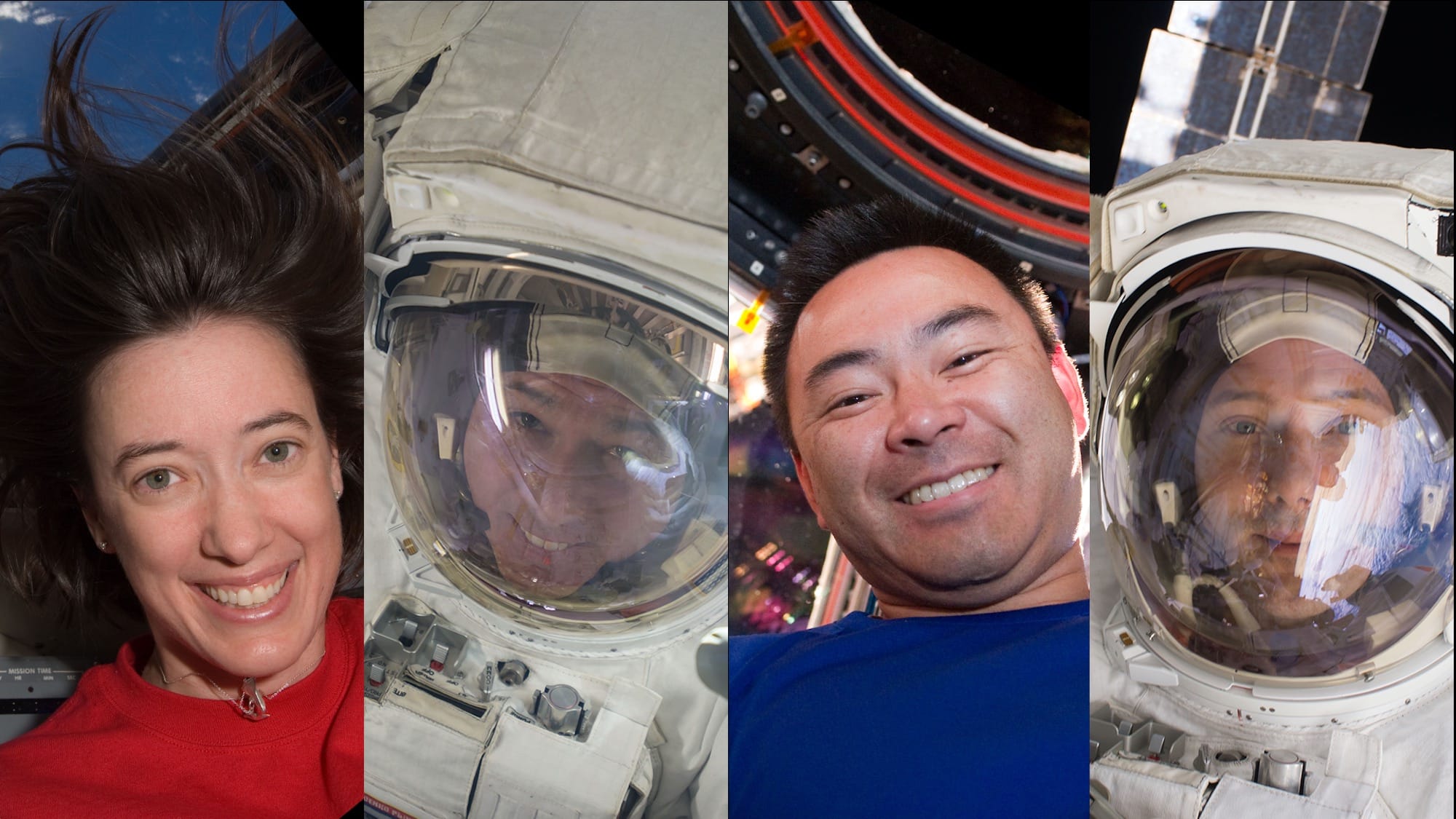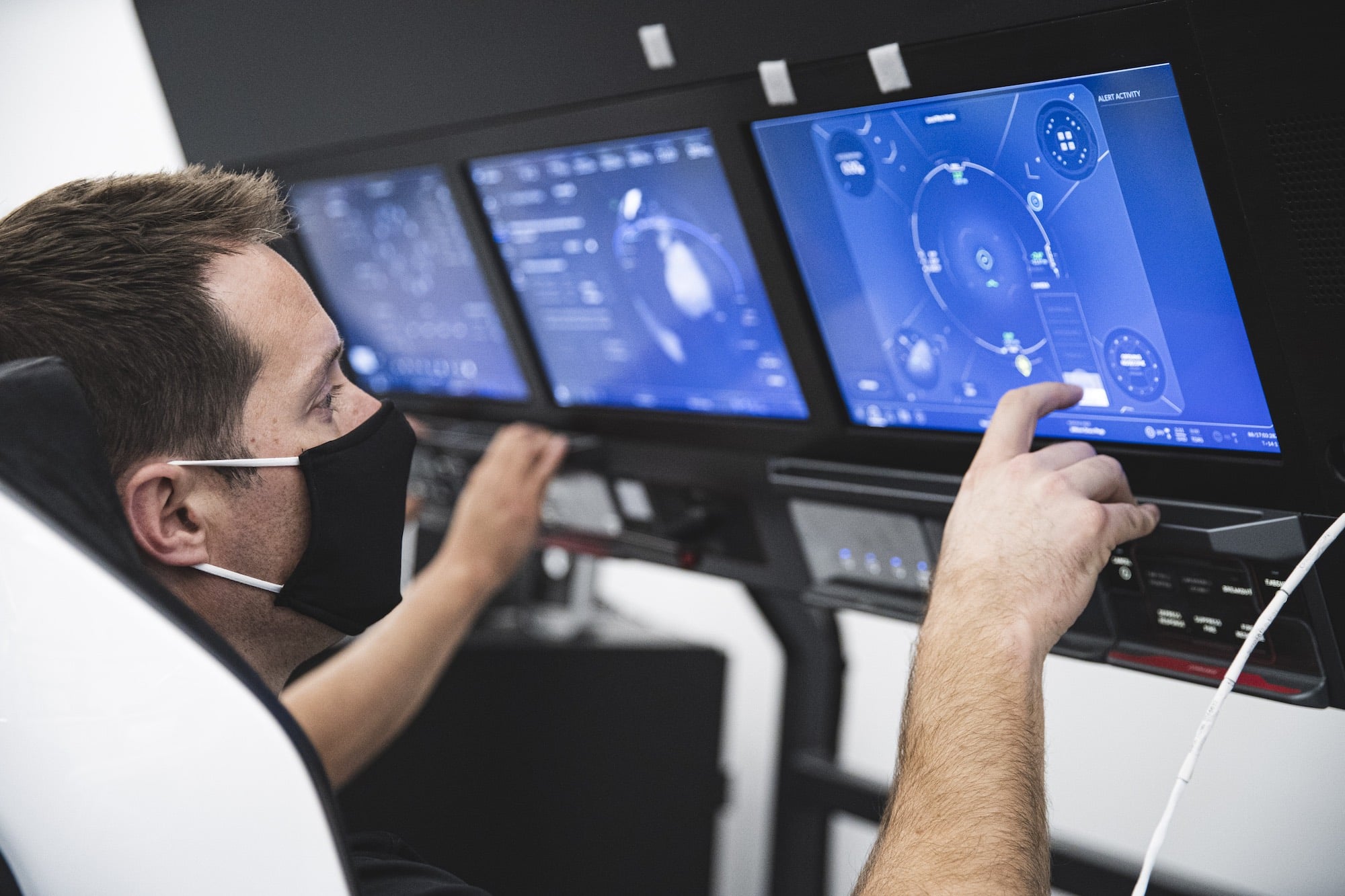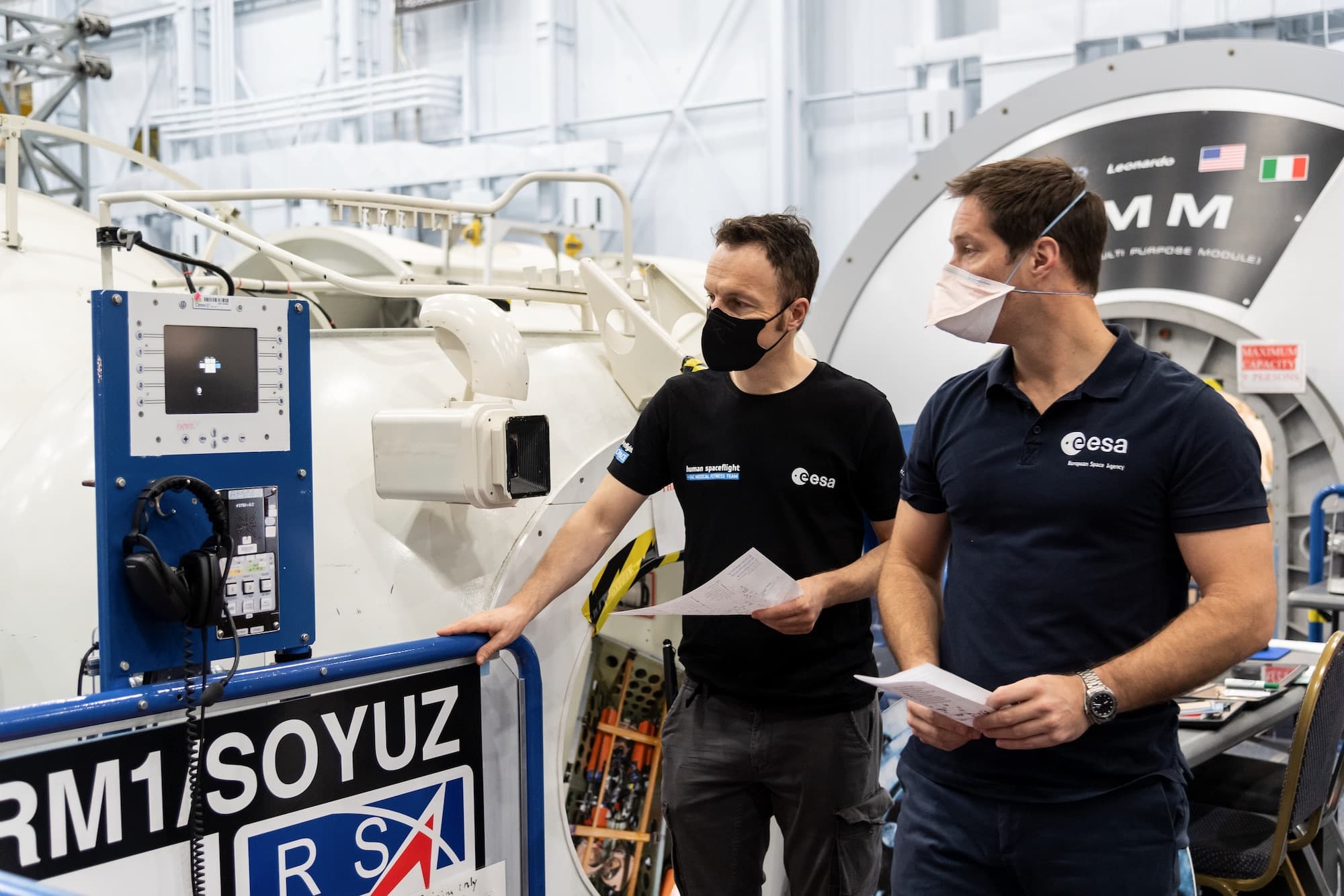
Share
Published on 16 September 2020
The French astronaut of the European Space Agency (ESA) will return to the ISS in spring 2021 for his second mission, named Alpha. He will be the first European to fly on SpaceX's Crew Dragon capsule.

In November 2016, European Space Agency (ESA) astronaut, Thomas Pesquet became the tenth French person in space, taking off to the International Space Station (ISS) aboard the Soyuz MS-03. That was the Proxima mission, which ended with his return on 2 June 2017 and which was regularly monitored by Cité de l’espace.
It was officially announced on 28 July 2020 that Thomas Pesquet will return to the station in 2021 for a mission which is this time called Alpha. The craft which will carry him there and back will not be the Russian Soyuz ship, but a SpaceX Crew Dragon capsule.
The European astronaut will therefore complete, as he did the first time, a stay of around 6 months aboard the ISS. ESA had launched a call for ideas to give this mission a name and out of 27,000 suggestions Alpha came up 47 times. The first person who submitted Alpha to the ESA was Christelle de Larrard from Mios in Gironde (France). As her prize she will be given Thomas Pesquet’s flight emblem which will have been in space with him. The other 46 will also receive an emblem, but not the one which has been in orbit.
In the ESA video below, Thomas Pesquet explains in English the main points of his future mission and what its name and emblem symbolise.
On his Twitter account, Thomas Pesquet thanked the graphic designer Sarah Poletti for his “Mission Patch.” Alpha thus continues the tradition of using the names of stars (Alpha Centauri) for manned flights involving French astronauts. It refers to: Alpha Centauri, a triple star system, which includes the star Proxima (or Alpha Centauri C). Alpha is also the name given to the International Space Station at the very beginning of this project by the Americans, and it is still the radio call-sign for it in transmissions to amateur radio operators. There are ten stars as Thomas Pesquet is the tenth French person in space, 17 colours in a circle which represent the 17 sustainable development targets of the United Nations, a stylised ISS in the colours of the French tricolour flag and an illustration of SpaceX’s Falcon 9 launcher.
Indeed, Thomas Pesquet will take off to the ISS aboard a Crew Dragon capsule of the private company, SpaceX. The scheduled date is Spring 2021. The window from late March to early April was mentioned, but remains to be confirmed. Take-off will take place from the LC-39A launch pad (notably used by Apollo 11), which SpaceX rents from NASA at the Kennedy Space Center in Florida. Under the terms of the Commercial Crew Program, the firm founded by Elon Musk has been tasked by the American agency with the transport of crew members, as part of a “turnkey” service.
It should be remembered that the Demo-2 Flight, which concluded on 2 August 2020, was intended to certify SpaceX’s ship. Douglas Hurley and Robert Behnken had to return on 2 August in any case to splash down after a two-month stay aboard the ISS (they left on 30 May). This return will enable Crew Dragon capsules to be declared operational, which will give the green light for USCV-1 (United States Crew Vehicle-1) in late September. A Crew Dragon capsule will then take American astronauts Michael Hopkins, Victor Glover and Shannon Walker to the station with Japanese astronaut, Soichi Noguchi.
Thomas Pesquet will leave on the next flight, USCV-2, and NASA has detailed the crew. The ESA’s French astronaut will be accompanied by the American, Megan McArthur, her compatriot Shane Kimbrough and Japanese astronaut, Akihiko Hoshide.

The crew of the Crew Dragon capsule for the USCV-2 flight in spring 2021 (from left to right): Megan McArthur, Shane Kimbrough, Akihiko Hoshide and Thomas Pesquet.
Credit: NASA
Remarkably, Megan McArthur is the wife of Robert Behnken, one of the two astronauts from Demo-2. As for Shane Kimbrough, he knows Thomas Pesquet well, since they spent several weeks together in the ISS during Pesquet’s Proxima mission.

While training in the United States for his Alpha Mission, which will begin in spring 2021, Thomas Pesquet familiarises himself with the touch-screen interface of the Crew Dragon capsule.
Credit: NASA
Thomas Pesquet will be the first European to travel on a Crew Dragon and also the first European on one of the new ships from NASA’s Commercial Crew Program (the other ship being Boeing’s Starliner). He is obviously not the first European to reach orbit aboard an American craft. That record goes back to the ESA’s German astronaut, Ulf Merbold in 1983 with the space Shuttle Columbia, (the first French person on a Shuttle was Patrick Baudry in 1985). The last European aboard a shuttle was the ESA’s Italian astronaut, Roberto Vittori in 2011 (flight STS-134).

Thomas Pesquet (on the right) training in Houston for his second mission. At his side, the ESA’s German astronaut, Matthias Maurer, has the role of reserve. In his turn, he will head for the ISS during 2021.
Credit: NASA
The USCV-2 flight which will take Thomas Pesquet to the ISS thus includes four astronauts who will join three others who arrived on a Russian Soyuz. The station will then operate with a contingent of seven residents, instead of its usual six. NASA has pointed out that this intake gives the chance to double the number of scientific experiments carried out in orbit.